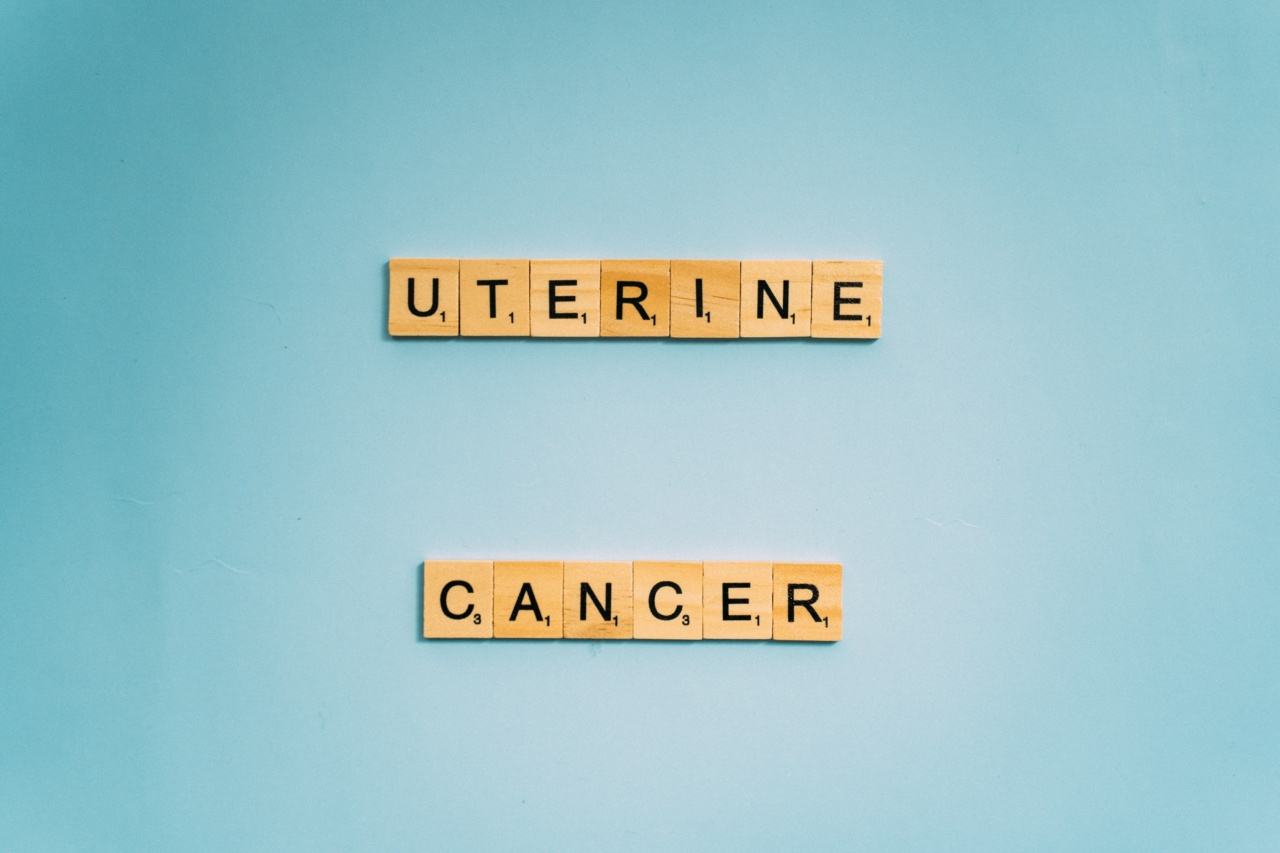Uterine fibroids, also known as leiomyomas or uterine myomas, are noncancerous growths in the uterus that commonly occur during a woman’s childbearing years. These growths are made up of muscle and fibrous tissue and vary in size and number.
While they are usually benign, many women wonder if they can develop into cancerous growths.
Understanding Uterine Fibroids
Uterine fibroids are incredibly common, with some sources estimating that up to 80% of women develop them by age 50.
Though they can range in size from tiny seedlings to bulky growths that can distort the uterus, many women with fibroids do not experience any symptoms. For others, symptoms can include:.
- Heavy menstrual bleeding
- Prolonged menstrual periods lasting more than a week
- Difficulty emptying the bladder
- Pelvic pain or pressure
- Constipation
- Backache or leg pain
If a woman experiences any of these symptoms, they may want to speak to their doctor to determine if uterine fibroids are the underlying cause.
Can Uterine Fibroids Turn Cancerous?
The short answer is no. The vast majority of uterine fibroids are benign and do not increase a woman’s risk of developing uterine cancer.
In very rare cases, however, a type of uterine cancer known as leiomyosarcoma can appear to be a uterine fibroid on imaging studies. for this reason, it’s essential to have fibroids evaluated by a qualified medical provider to rule out the possibility of cancer.
It’s important to note that uterine cancer is extremely rare, with only about 3% of women facing a diagnosis of uterine cancer in their lifetime.
That being said, if a woman experiences persistent, severe symptoms, further testing may be necessary to determine the underlying cause.
When to Seek Medical Attention
If a woman suspects she may have uterine fibroids, the first step is to speak to her doctor.
Depending on the severity of the symptoms, the doctor may recommend monitoring the fibroids for changes or may suggest medication or surgery to alleviate discomfort.
Women with fibroids who experience sudden, severe symptoms, such as heavy bleeding or intense pain, should seek medical attention immediately, as these symptoms may indicate a rupture or torsion of the fibroid.
Treatment Options for Uterine Fibroids
There are several options available to treat uterine fibroids. Depending on the individual case, the doctor may recommend:.
- Watchful waiting: Monitoring the fibroids over time to ensure they do not grow or cause symptoms.
- Medication: Hormonal medications such as birth control pills or gonadotropin-releasing hormone agonists can help alleviate symptoms such as heavy bleeding and cramping.
- Noninvasive procedures: Procedures such as uterine artery embolization or MRI-guided focused ultrasound use targeted energy to destroy the fibroids.
- Surgery: In severe cases, such as when fibroids are causing significant pain or bleeding, surgery to remove the fibroids or the uterus may be recommended.
It’s important to discuss all available options with a qualified medical provider to determine the best course of treatment for each individual case.
Conclusion
Uterine fibroids are benign growths in the uterus that affect many women during their reproductive years.
In rare cases, a type of uterine cancer known as leiomyosarcoma can mimic fibroids on imaging studies, so it’s important to have fibroids evaluated by a qualified medical provider. In the vast majority of cases, fibroids are not cancerous and can be managed through a range of available treatment options.
























